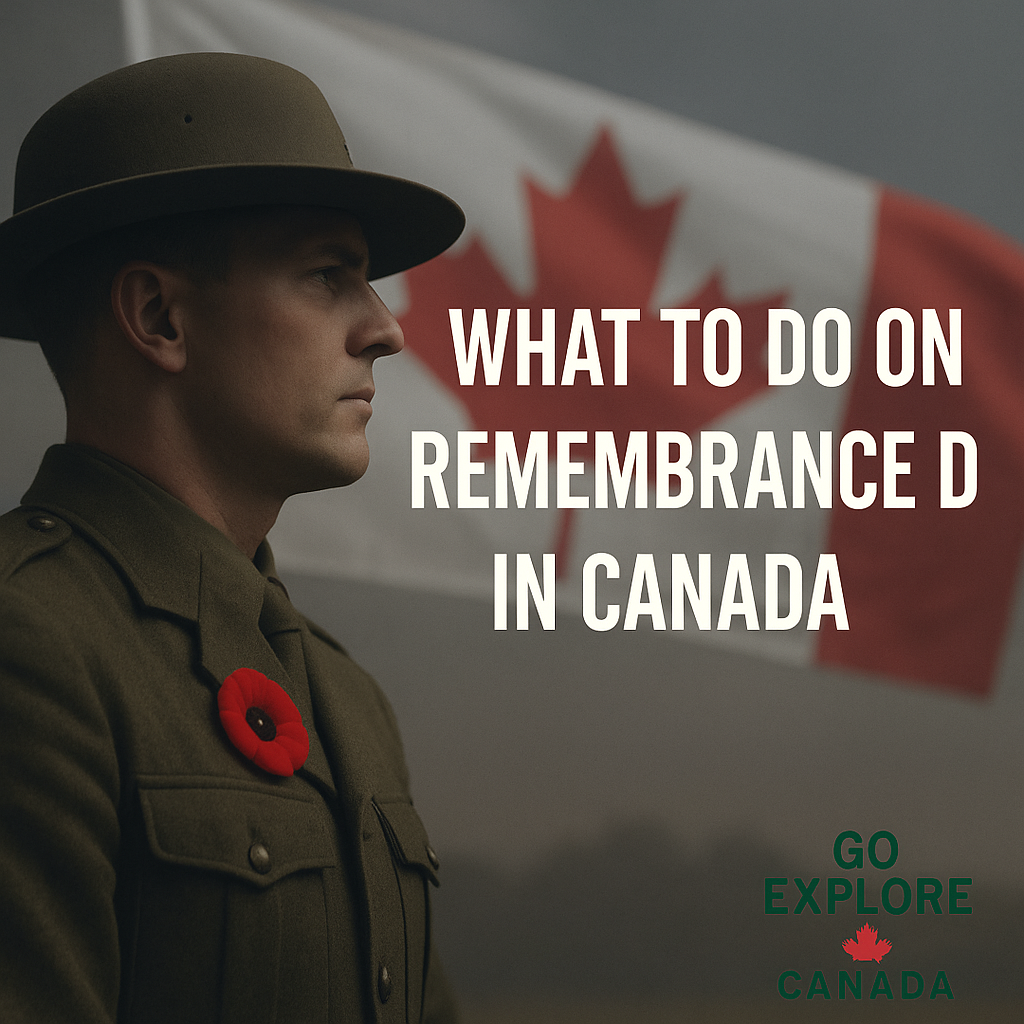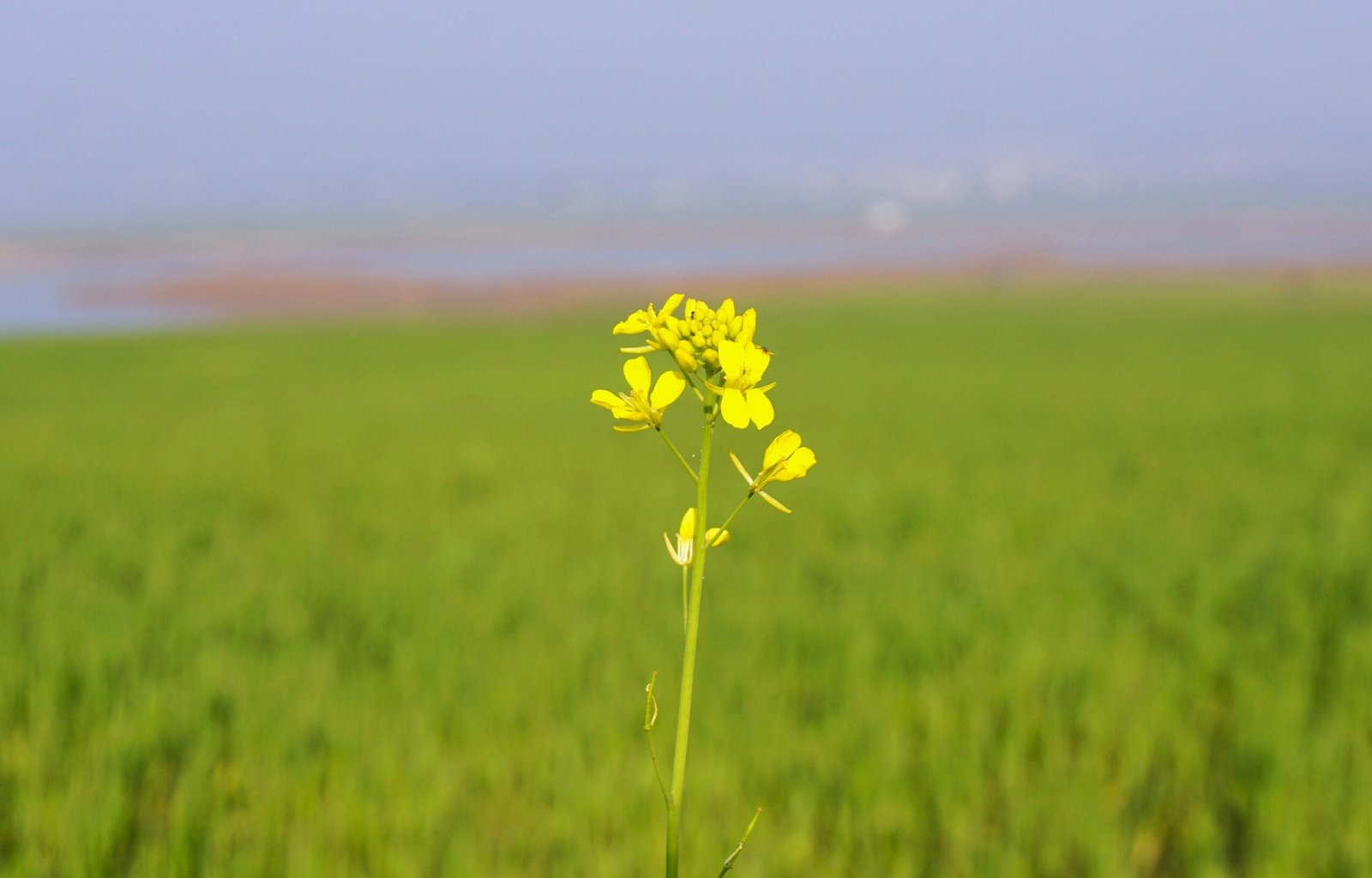
Happy Remembrance Day in Canada: Honoring Our Heroes
Posted in General
Introduction to Remembrance Day
Origins and Importance of Remembrance Day
Remembrance Day, observed annually on November 11th, holds significant importance in Canada as a day dedicated to honoring the sacrifices made by members of the armed forces who served in times of war. This solemn occasion began as a way to commemorate the end of World War I, specifically the armistice signed on November 11, 1918. Over the years, its scope has broadened to honor all Canadians who have served in various military conflicts, recognizing the bravery and dedication of those who have fought for the country’s freedom and values.
Evolution of Remembrance Day in Canada
The origins of Remembrance Day can be traced back to the harrowing experiences of World War I, a conflict marked by unprecedented loss of life and devastation. The need to commemorate those who laid down their lives became evident in the aftermath of this war. The first official observance of this day took place in 1919, shortly after the war’s conclusion, and over time, it evolved into a profound national observance that transcends mere reflection, serving as a powerful reminder of the cost of war.
Modern Observance and Symbols
In contemporary Canada, the observance of Remembrance Day is marked by various ceremonies across the country. Canadians gather at cenotaphs and war memorials, donning red poppies as a symbol of remembrance, inspired by the famous poem “In Flanders Fields.” This poignant imagery serves as a connection to the sacrifices made by soldiers and highlights the importance of preserving their memories. Remembrance Day in Canada encapsulates a deep respect for those who served, fostering a sense of unity and gratitude among Canadians and ensuring the legacy of these heroes lives on.
Historical Background of Remembrance Day
Armistice Day and Its Origins
Remembrance Day in Canada, observed annually on November 11, has its origins deeply rooted in the end of World War I. The armistice, signed on November 11, 1918, marked the cessation of hostilities on the Western Front, ending a conflict that claimed millions of lives. Initially known as Armistice Day, it was intended to honor the soldiers who fought in this devastating war, with many nations around the world commemorating the sacrifices made by those who served in combat.
The First Observance and Broader Recognition
In Canada, the first observance of Armistice Day occurred in 1919, serving as a solemn occasion for reflection and commemoration. Widespread ceremonies took place across the country, and public participation grew as communities commemorated the fallen. Over time, the observance broadened to honor veterans from subsequent conflicts, including World War II, the Korean War, and various peacekeeping missions.
Transformation to Remembrance Day
In 1931, the Canadian Parliament officially declared November 11 as Remembrance Day, granting it legal status and a deeper significance as a national holiday. This expansion dedicated Remembrance Day to recognizing the service and sacrifice of all military personnel, allowing Canadians to honor those who defended the nation’s ideals, freedoms, and rights over the decades. The poppy became widely adopted as a symbol of remembrance, worn by Canadians to recognize and honor those who served and continue to serve.
The Symbolism of Poppies
Origins of the Poppy Symbol
The red poppy has become an enduring symbol of remembrance in Canada, particularly associated with Remembrance Day on November 11. Its origins trace back to the powerful imagery in the World War I poem “In Flanders Fields,” written by Lieutenant Colonel John McCrae. The poem’s description of poppies blooming among soldiers’ graves poignantly captures the sacrifice made by those who served, embedding the poppy as a lasting tribute in the collective memory of Canadians.
Distribution and Significance of the Poppy
Each year, the Royal Canadian Legion distributes poppies to the public as part of Remembrance Day observances. These poppies, worn on clothing, signify support for veterans and their families. Funds raised through poppy sales contribute to programs for veterans, emphasizing the connection between remembrance and ongoing care for those who have served. Wearing a poppy symbolizes a commitment to honoring those who paid the ultimate price for freedom.
Role in Remembrance Day Ceremonies
At various ceremonies and events, the poppy serves as a focal point of commemoration. It is often seen on the uniforms of military personnel and officials, reinforcing its significance. A moment of silence observed at 11 a.m. on Remembrance Day—marking the armistice of 1918—brings Canadians together to remember the sacrifices made in wars and conflicts. The poppy symbolizes respect for those who fought and serves as a reminder of the need for peace and unity in society.
Remembrance Day Ceremonies Across Canada
National and Local Gatherings
Remembrance Day in Canada is marked by ceremonies that reflect the nation’s deep appreciation for those who served and sacrificed. Canadians gather on November 11 to honor the memories of fallen soldiers, with events ranging from large public gatherings in major cities to smaller commemorative services in towns.
Major Ceremonies in Urban Centers
In cities like Ottawa, the national Remembrance Day ceremony at the National War Memorial draws dignitaries, including the Prime Minister, veterans, and military personnel, to pay respects. This significant event includes a moment of silence at 11 a.m., reading of fallen soldiers’ names, and laying of wreaths. These gatherings foster unity and demonstrate the communal spirit of remembrance in Canadian culture.
Community Observances and Education
In smaller communities, local legions, schools, or community groups organize Remembrance Day events. Elements such as moments of silence, poem recitations, or veteran stories connect communities with local heritage. Community gatherings, parades, or dinners further honor veterans and build a shared sense of gratitude and reflection across Canada.
Cultural Significance and Observances
Educational Activities in Schools
Schools play a vital role in fostering awareness of Remembrance Day among younger generations. Special assemblies, veteran visits, and activities like essay writing and art creation help students engage with the values of bravery and sacrifice, ensuring the legacy of veterans is remembered.
Workplace Observances and Public Engagement
Many workplaces encourage a moment of silence at 11 a.m., creating an atmosphere of reflection. Employees are often encouraged to participate in ceremonies, reinforcing the communal aspect of the day. Wearing poppies is widely adopted by individuals of all ages, further promoting Remembrance Day awareness.
Community Events and Unity
Community organizations also play a significant role by hosting events such as memorial services and parades. These gatherings provide space to honor the fallen and reinforce unity and national pride, allowing Canadians to collectively reflect on the values preserved by military service.
Conclusion: The Importance of Remembrance
Understanding the significance of Remembrance Day in Canada is essential to honoring military heroes and fostering appreciation for the sacrifices of those who served. The day not only commemorates lives lost but reminds Canadians of freedom and peace values upheld by their sacrifices. Observances on November 11 unify Canadians in gratitude and solemn remembrance.
By participating in ceremonies, wearing poppies, and observing moments of silence, Canadians collectively acknowledge the impact of war and the contributions of military personnel. These activities not only educate about military history but also build a shared respect and unity among citizens. Such engagement ensures younger generations understand the importance of peace.
In conclusion, Remembrance Day is a vital occasion that goes beyond historical observance. By encouraging participation and reflection on the sacrifices of service members, Canadians can strengthen communities and promote a lasting legacy of remembrance and respect.

Welcome to GoExploreCanada.com, your go-to guide for exploring Canada. Discover tips, travel guides, and stories about the breathtaking landscapes, vibrant culture, and delicious cuisine from coast to coast. Join us on an adventure to uncover the hidden gems of Canada!
“Canada Is My Therapy” Hiking & Camping Shirt – Explore. Camp. Breathe.
Price range: $20.50 through $34.00














